HFA Audio Setup History 31 – Secondary Setup 2018-2021
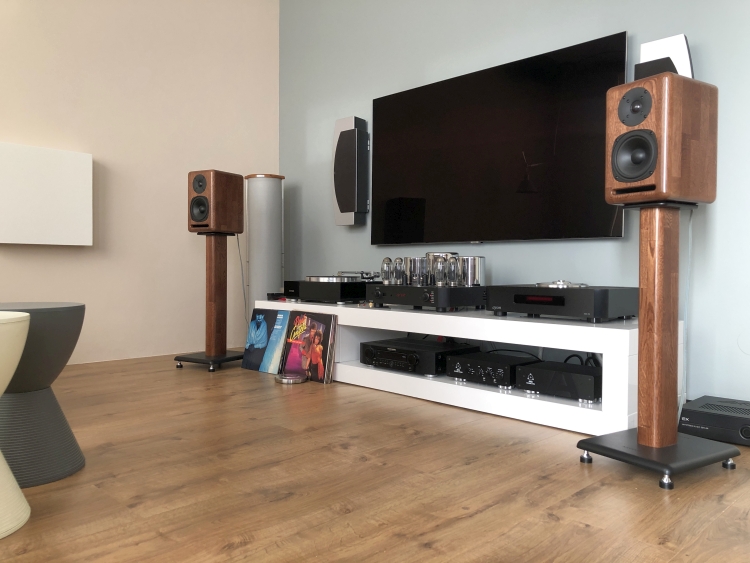
After having further optimized the main system for the best achievable sound with the Wilsons (see the previous chapter of the HFA history and the AcousticMatters review), the listening position was pretty much halfway into the room and much closer to the front wall than ever before.
Since I was content with the sound, it was time to accommodate the video section to the new audio setup. During the process of finding the optimum speaker positions after having rotated the system 180 degrees in the room, thus facing a different wall, the video projector had been out of service, and during this time I’ve been using the 55-inch LED TV in the bedroom/TV area which took over the function of what was at various points in time the Secondary System Room, the Media Room (computer area), and originally the Cinema Room.
Once the main system’s positions were finalized, I re-fitted the projector and motorized screen and prepared myself for the long-awaited reacquaintance with the Big Screen. Well, that was a big disappointment! Sitting less than 3 meters from the 100-inch screen did no favors for the perceived resolution but worse, the brightness was now overbearing. The screen has a 1.3 gain which proved helpful over a long distance but was clearly too much at this viewing distance.
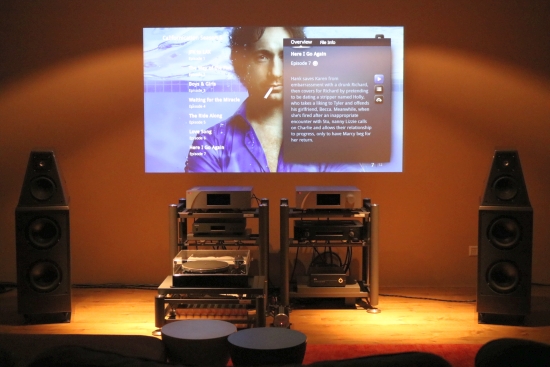
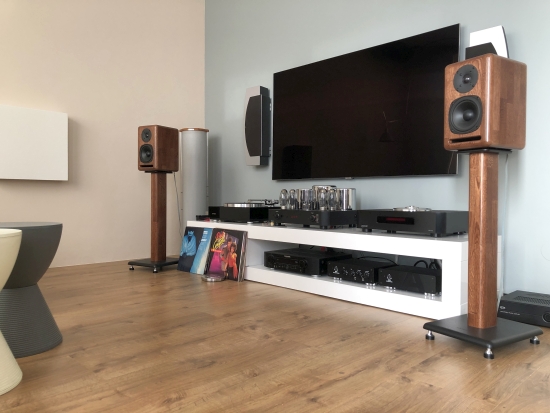
I then tried projecting right on the wall and in a considerably smaller area. Even though the wall has a brownish color called “Perkament”, the resultant picture was remarkably pleasant to watch and this gave me the idea to project onto a predefined area with a contrast-enhancing neutral grey paint. I found a color mixture designed specifically for high-contrast projection purposes called “Telegrey”. With this done, the blacks were now impressive and my eyes were no longer hurting but somehow, the whole projection business had lost some of its magic. I was still missing the resolution and even better black levels of the LED TV and what’s more, the requirement to darken the room and the projector’s noise were starting to annoy me. At this point, the idea of re-booting the Cinema room was born. Only, this time it would not be as fancy and more like a dedicated TV room.
The New TV Room
The aging 55-inch Samsung LED TV was still working fine but restricted to HD and of the pre-smart-TV era. To compensate for the “loss” of coming from a 100-inch projection screen, I sold it and got a 4K QLED Samsung model with an even bigger 65-inch size. The new TV has an “Invisible Cable” system that connects the break-out box with all the usual connections via a single and very thin, nearly transparent optical cable. Alas, the TV also needs a separate power cord, reducing the “invisibility” of the thin optical cable in the process. However, the TV’s position is very fortunate as the adjacent washing machine/central heating room can effectively be used as a huge cable tray. I pulled the cables through the wall and lead them right to the break-out box, the Blu-Ray player, the mediaplayers, etcetera, resulting in an actually invisibly connected screen.
When I did my first tests for the sound quality using the simple but musical Marantz NR1501 surround amplifier, I was expecting various phase issues leading to boomy bass but using the IMF Compact II’s to start with, the sound was immediately involving and not at all boomy. It seems that the hallway on the right is helping prevent the buildup of harmful room resonances that made me abandon the secondary system last time when I had closed the hallway to extend the front wall all the way to the right. That, and the IMF speakers have inherently very little tendency to boom, even when being positioned right against the back wall.
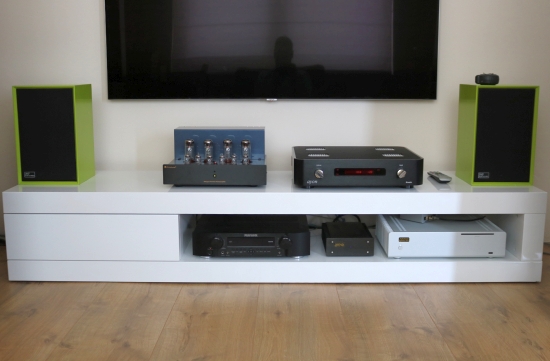
This made me think. Although the idea was to simply create only a modest dedicated TV room, I now started having visions of a proper secondary audio system again.
The “new” Secondary System
As the main system was already to my liking (cough – well, at least until the next inevitable change…), the idea quickly formed to use tubes for the secondary setup. This would provide a nice alternative to the transistors in the main room. The eventual speakers were still to be decided upon but the system itself quickly formed using components that were already available: PrimaLuna DiaLogue tube power amp, Ayon Stealth tube preamp, Aqua Formula xHD DAC, and AudioAanZee Reference Flow music server with Euphony Drive.
When using tubes, my natural urge is to also involve analog, thus, I reinstated the Thorens TD160 MKII turntable with an ATN150mlx MM cartridge and getting ready to connect the Schiit Mani, I suddenly remembered that I also had the Sw1x LPU-1 tube MM phono stage, stored away since I normally only use MC cartridges.
With this done, the only components that were still lacking in the new system were speakers. At this time, I still had the Apogee Duetta Signatures on seemingly eternal loan from audio buddy JW while he took forever to decide whether or not to keep them. Of course, his tardiness gave me all the opportunities as described in earlier chapters of the HFA setup history so I am not complaining:-) Eventually, they were to be sold but so long as they were still available, why not try them here?
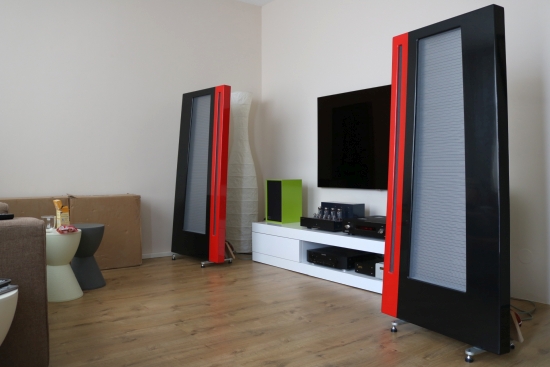
From earlier experience, I knew that the PrimaLuna had no issues driving them but being so close to the wall, they didn’t sound great and they were physically too large for this system anyway. Alas, the red and black beauties had to be stored away while waiting to be sold. To this day, it still breaks my heart as I would have loved to keep them if only I had a secondary room big enough to do them justice.
Just for the fun of it, audio buddy Wouter brought over his B&W DM601’s. These humble pre-nautilus era budget speakers are a bit rough around the edges and certainly don’t qualify as high-end but they can actually sound quite nice if they are integrated in a supportive manner.
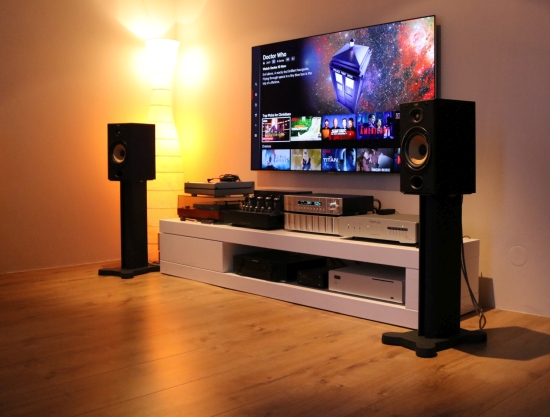
The DM601’s have pretty good imaging and surprisingly decent bass, considering their small woofer and enclosure. Of course, wall boundary reinforcement helps a lot, and for once, the room modes are not working against me but actually help bring out the best of these speakers. There are no weird phase issues and the bass is nicely solid and seemingly spread out evenly between the speakers, even if the left speaker produces more of it than the right one.
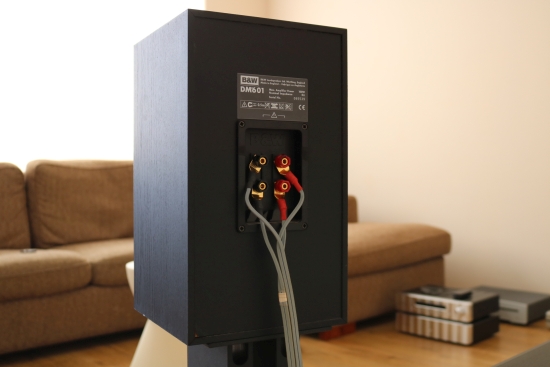
The PrimaLuna amp always performs well in any combination but it was the Ayon preamp that really surprised me this time by making the sound a lot more free-flowing than the Rowland Corus + PSU could manage while sounding every bit as dynamic and lively.
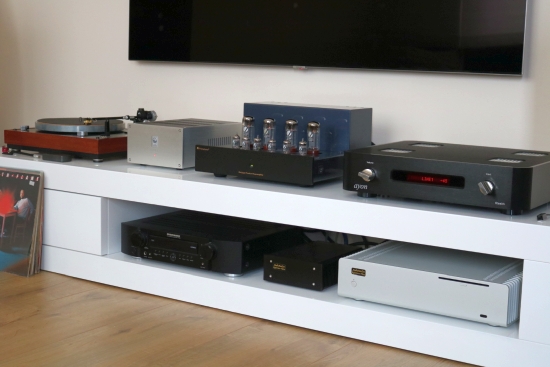
The Ayon sounds bolder, timbrally richer, and more colorful but it cannot match the Rowland’s superb transparency, treble air, refinement, and overall transparency and neutrality. Of course, that’s only fair given the very large price difference. For analog sources, I actually preferred the Ayon and that’s just as well since I was planning on selling the Corus to recuperate some of the extravagant cost of the CH system.
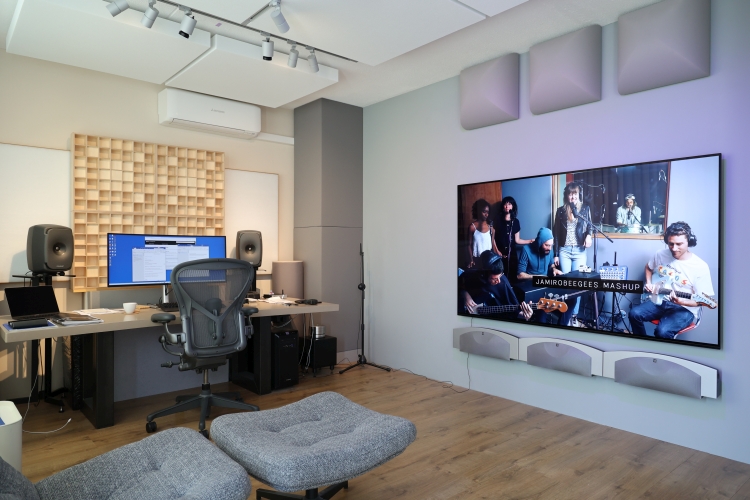
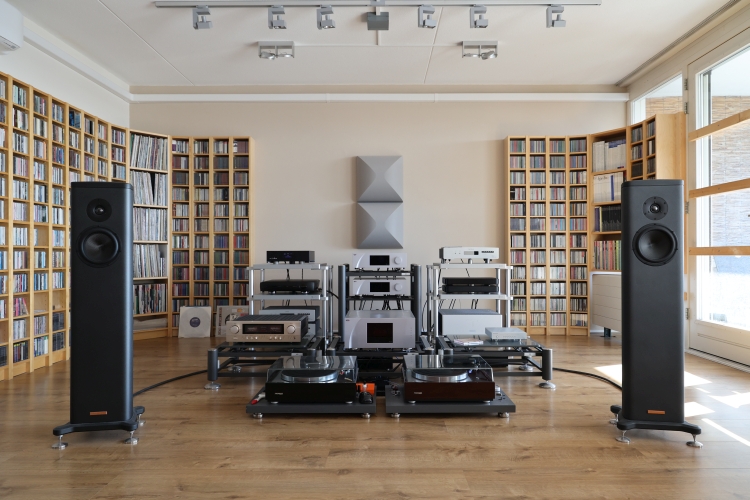
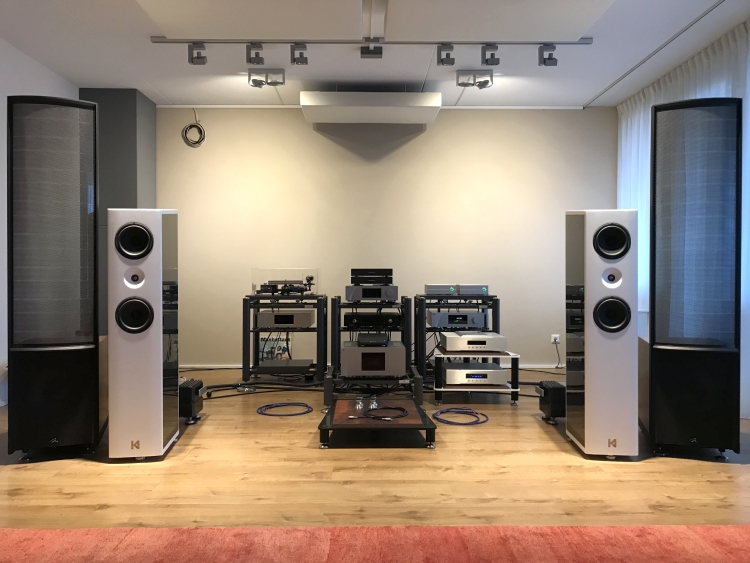
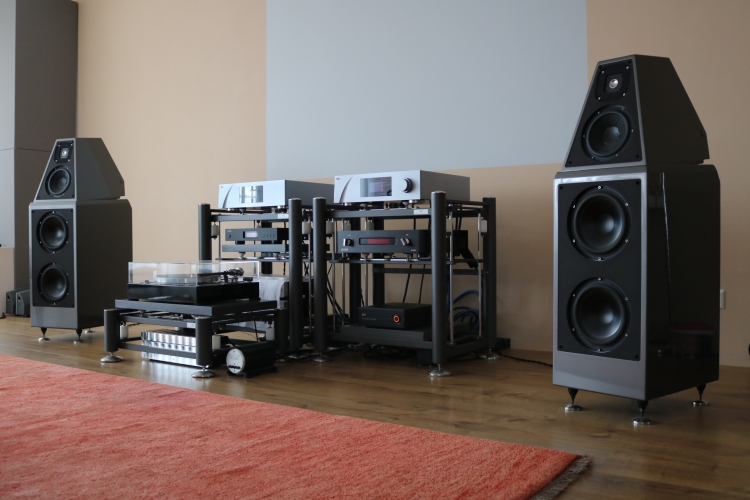
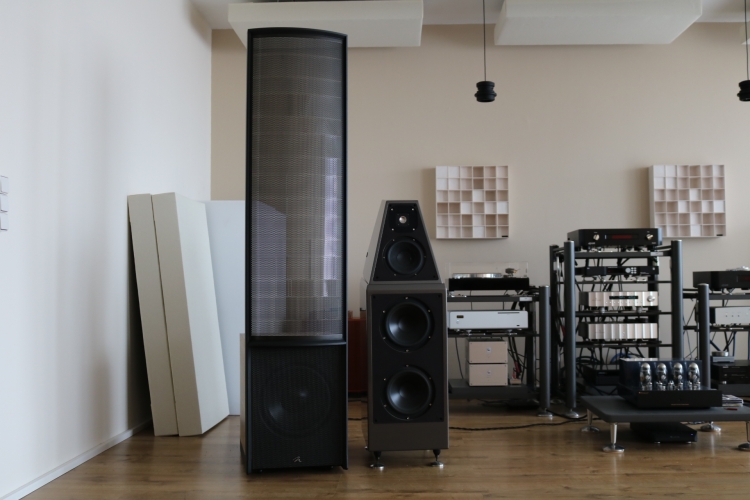
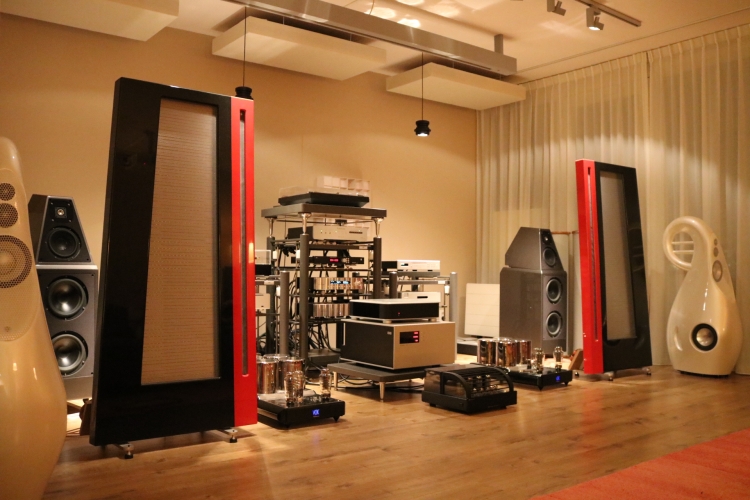
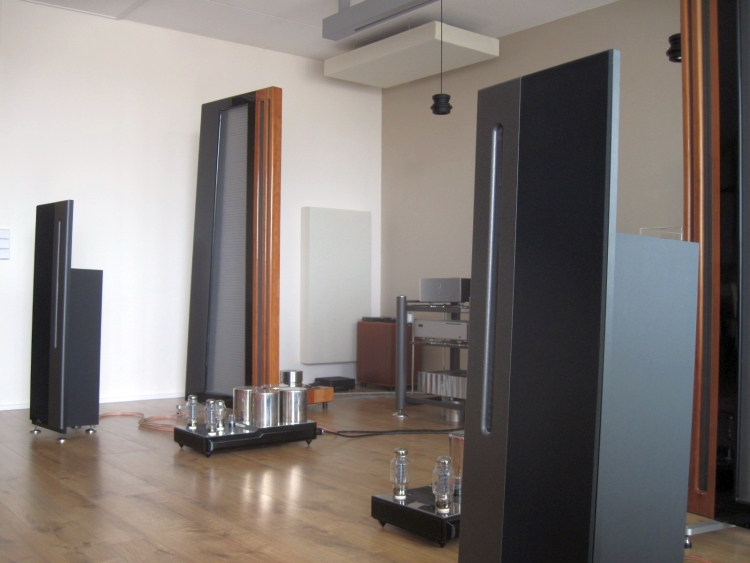
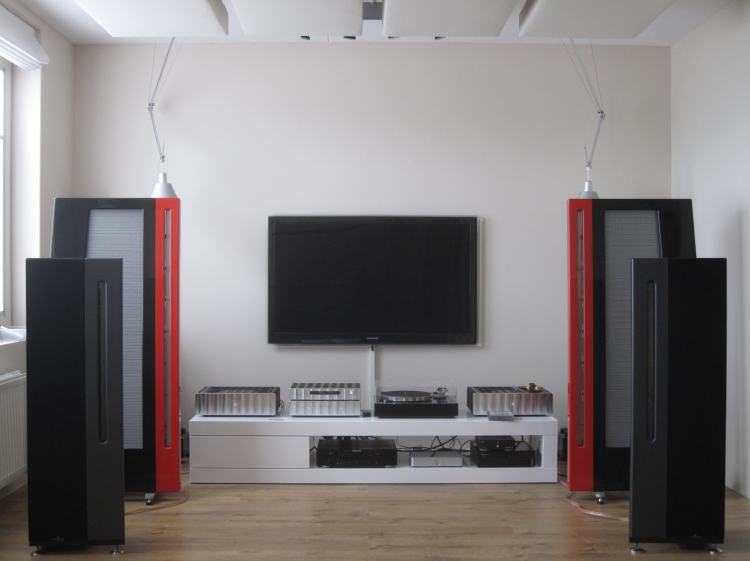
Your setup history is the single greatest audiophile read ever, and I’ve read a lot online and in the magazines. I think it especially resonated with me because it so eloquently captures the hardware side of our hobby and made me reminisce of some of the past equipment I’ve owned including B&W Nautilus, Magnepan, REL, Meridian and others.
I’m sure it’s only because of lack of time but someday I really hope to read the subsequent entries the bridge from 2018 to the current snapshot. Much less important, but I’d also love to read a review/how you got to your Magico’s as a reference.
No need to respond and thanks so much for all your effort – it comes through admirably in all your writings!
Hi Ryan, thanks for your kind words! You guessed right:-) All my time is consumed with reviews but completing the HFA Audio History remains on the list. As soon as there is time, I will add another chapter. Here’s to hoping I will someday catch up with the current state!
Hi Ryan, I’m happy to let you know that I have just added a new chapter to the HFA Audio Setup History. And not only that, another chapter is in the works, which will bring us up to date with the current situation.